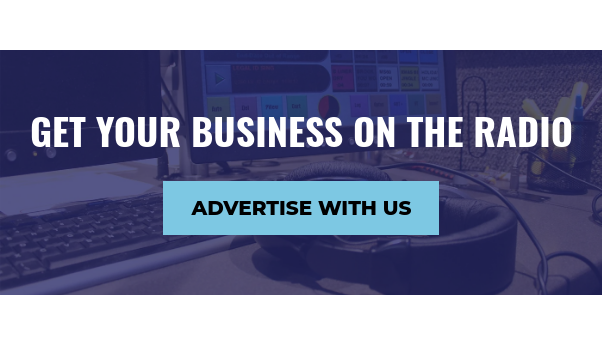The Dangers of Cross-Cume when Advertising Your Business on the Radio
Radio ads have a long history. As one of the traditional forms of media that came into creation over 100 years before the modern digital channels, radio has played a role in advertising strategies for decades. Despite the prevalence of satellite and online radio alternatives, millions of companies in the United States still rely on radio advertising. In fact, more millennials listen to the radio today than ever before, creating an easy way to reach millions of people at once.
Succeeding in the radio market isn't as easy as coming up with a snappy jingle, sending it to a few stations, and calling it a day. In order to truly drive sales through radio advertising, it's important to consider the outside factors at play. The pitfalls associated with cross-cume and advertising your business on the radio, have the potential to sink your strategy, no matter how great your ads may be.
The Radio Market and Cross-Cume
 The radio market, in addition to being large, varies notably from region to region. While Latin and reggae music are front and center in Miami, listeners in Louisville are more likely to tune in to country. In addition to regional differences, there are generally numerous stations of each genre (aka “format”), creating a complex web through which small businesses must navigate.
The radio market, in addition to being large, varies notably from region to region. While Latin and reggae music are front and center in Miami, listeners in Louisville are more likely to tune in to country. In addition to regional differences, there are generally numerous stations of each genre (aka “format”), creating a complex web through which small businesses must navigate.
In radio, cume is short for cumulative audience, or the total audience each radio station has. Unless a station has no competition in a local market, much of an audience likely listens to more than one station playing similar music, creating the same customer base for multiple stations. Cross-cume refers to content, like advertising, which runs on more than one station with similar programming objectives. In essence, cross-cume targets the same audience on multiple fronts.
The Pitfalls in Radio
If your product or service is best aimed at younger listeners, top 40 or modern country hits may be the best genre choice. But which stations do you choose?
In order to reach more listeners, many companies choose to run ads on multiple stations with a similar format in hopes of eventually reaching everyone who listens to these stations. Unfortunately, for this to be effective, companies need to saturate both stations, an expense most small businesses can't afford. Since there is no affordable way to play a message with enough frequency to captivate listeners, many business are left with a diluted message on each station that fails to effectively target a chosen audience.
Effective Radio Advertising
Radio advertising requires a strategic approach.
Frequency is a valuable tool for branding, giving your business an opportunity to send a message in an aggressive manner. The more times a customer hears something, the more likely they are to believe it, making this strategy effective for companies that are not necessarily running a promotion but simply want to make a statement. Reach is effective in promotions; when you're running a great sale a customer is going to be interested in, once or twice is often enough to drive purchase decisions.
That's why we use a system called Brandsformation® as the perfect balance between reach, frequency, consistency, and strategy.
As a long-standing staple in advertising, radio ads can be an effective way to market in branding, a promotion, or a little of both. By understanding the dangers of cross-cume and focusing your strategy on what you are looking to accomplish in the long-run, you can dominate the airwaves, one listener at a time.


